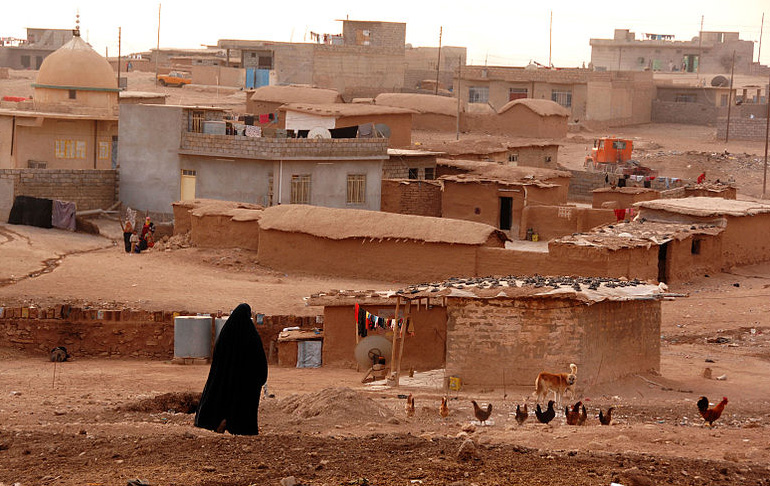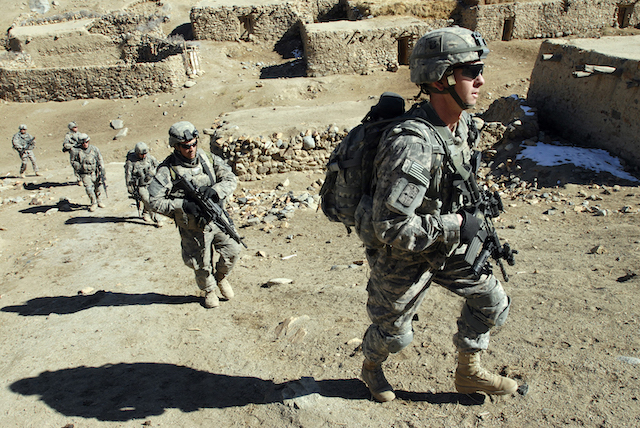As the U.S.-backed Iraqi government and its allied forces continue the offensive against the Islamic State of Iraq and the Levant-occupied city of Mosul, Iraq, thousands are being either killed or displaced monthly.
Mosul was overtaken in June 2014 by ISIL and, being the second-largest city in Iraq, was considered a significant victory for the group. During the two-plus years since the occupation began, the U.N. reports that there have been over 20,000 civilian deaths and more than double that number injured. Many of these deaths were due to the self-proclaimed Islamic State executing Mosul residents: men for refusing to join ISIL’s military forces or for being suspected of pro-government sentiments, and women—sometimes hundreds of them at once—for refusing to become their sex slaves.
Since the offensive into the city’s center started over two months ago, at least another 2,000 civilians have been killed either in executions or by the crossfire between both ISIL and U.S.-allied troops.
Mosul has also suffered serious damage to its infrastructure and historical sites under the occupation. Besides the buildings destroyed in the battle and some bridges destroyed by U.S.-allied forces in order to prevent ISIL troops from retreating into more densely populated parts of the city, many buildings with important governmental or historic functions (as well as the Mosul airport) have been intentionally destroyed by ISIL.
Many Mosul residents trapped inside the city are going without food, heat and other vital resources, and due to the winter months, temperatures regularly drop below freezing. It has also been reported that because of a damaged water pipe in the city, clean drinking water has been cut off to nearly one million people, almost half of them children. Further, because of the proximity of the fighting many aid-groups refuse to come into Mosul to assist those in need.
To add to the already 3.3 million Iraqis displaced in 2016 alone, approximately 95,000 have had to flee their homes since the siege began three months ago in October. United Nations Refugee Agency spokesperson William Spindler has said that “there are real fears that the offensive to retake Mosul could produce a humanitarian catastrophe resulting in one of the largest man-made displacement crises in recent years.”
While the U.N. currently has plans to finish 11 camps (housing up to 120,000 people) for those displaced from Mosul and other nearby battle-torn towns in the Nineveh region, there are still approximately 1.5 million residents trapped in the city. With almost 100,000 already displaced and the fighting projected to last for at least another two months, these camps may not be enough for the nearly 700,000 people projected by the U.N. to need shelter. Although the U.S.-allied troops are projected to eventually fully liberate the city, due to the widespread damage to the city’s infrastructure, an ongoing humanitarian crisis will continue even if allied troops do emerge victorious in the coming months.






